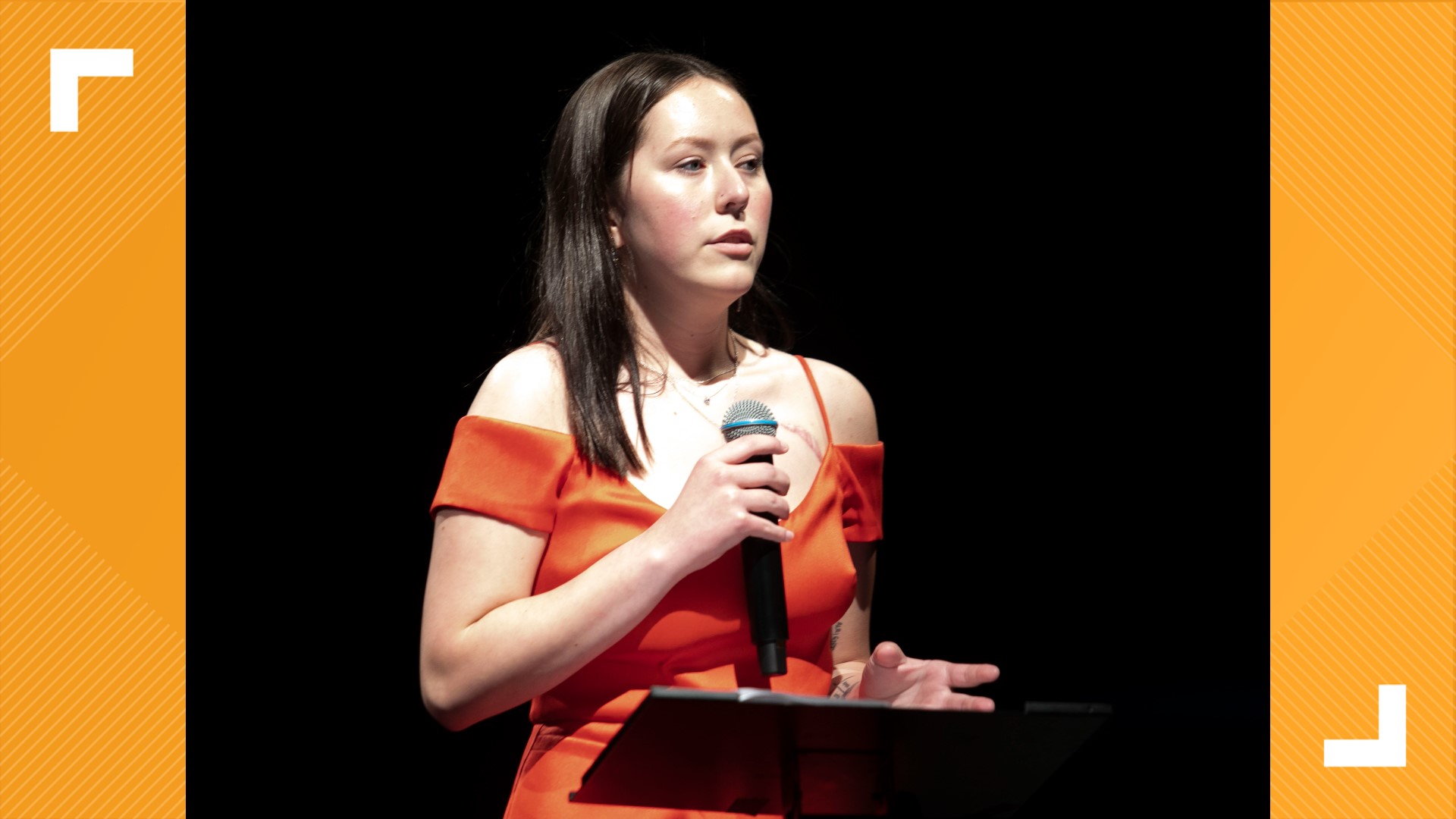Sacramento resident Delaney Conway was only six years old when she collapsed in math class.
"My teacher, she performed CPR to save my life, and she kept doing that until the paramedics arrived," Conway said.
She spent the next 10 days in a hospital, four of those in a coma. Testing didn't reveal the cause of her cardiac arrest, so her doctors had to find a way to prevent another episode.
They surgically implanted a small device called an internal cardiac defibrillator.
"It's connected to my heart through leads, and basically what happens is if my heart ever goes into cardiac arrest, or it notices that my heart rate is faltering a little bit, or irregular, it will shock it back to a regular rhythm, and keep pacing it until it's regular again," Conway said.
Now she gets checkups every six months, a new battery every 10 years, and takes a small amount of medication allowing her to live her life just as anyone else could.
"In a weird way, I feel like it benefited me a lot, just because it's changed my outlook on life, and it makes you realize that time is not promised, and neither is tomorrow. So, you just have to live in the moment and not take anything for granted," Conway said. "It's really important to go learn CPR."
UC Davis Professor of Medicine and Cardiology and American Heart Association Volunteer Dr. Jeffery Southard said CPR starts with an assessment. You want to make sure the person is unresponsive and then call 911.
"You are unlikely to hurt that patient even if they don't need CPR by just initiating some of those resuscitation measures. The longer we wait to start that, every minute we wait decreases the chance of that person having a meaningful survival by about 10% every minute," Southard said.
Next, you would begin chest compressions at 100 to 120 times a minute. Many people have made a mental reminder to compress to the beat of songs like "Stayin' Alive" by the Bee Gees. Research shows mouth-to-mouth is no longer needed, initially.
"One of the limitations for people starting CPR was approaching someone you don't know, a stranger, and deciding am I willing to do mouth-to-mouth resuscitation on this person," Southard said.
That's something professionals can pick up when they arrive on the scene. Southard said any age can help save a life.
"At some point the younger the person that's trying to resuscitate or revive, they'll be even more nervous than an adult trying to do this, but a 15-year-old a 12-year-old a 10-year-old would easily be able to do this on another adult or another youth," Southard said.
Cardiac arrest happens inside of the home 70% of the time. That means a person is more likely to need to save a friend or family member over a stranger. With the more than 300,000 cases of cardiac arrest outside of the home each year, only 10% survive. People like Conway urge people to learn the life-saving skill to give others a second chance at life.
Watch more on ABC10



















